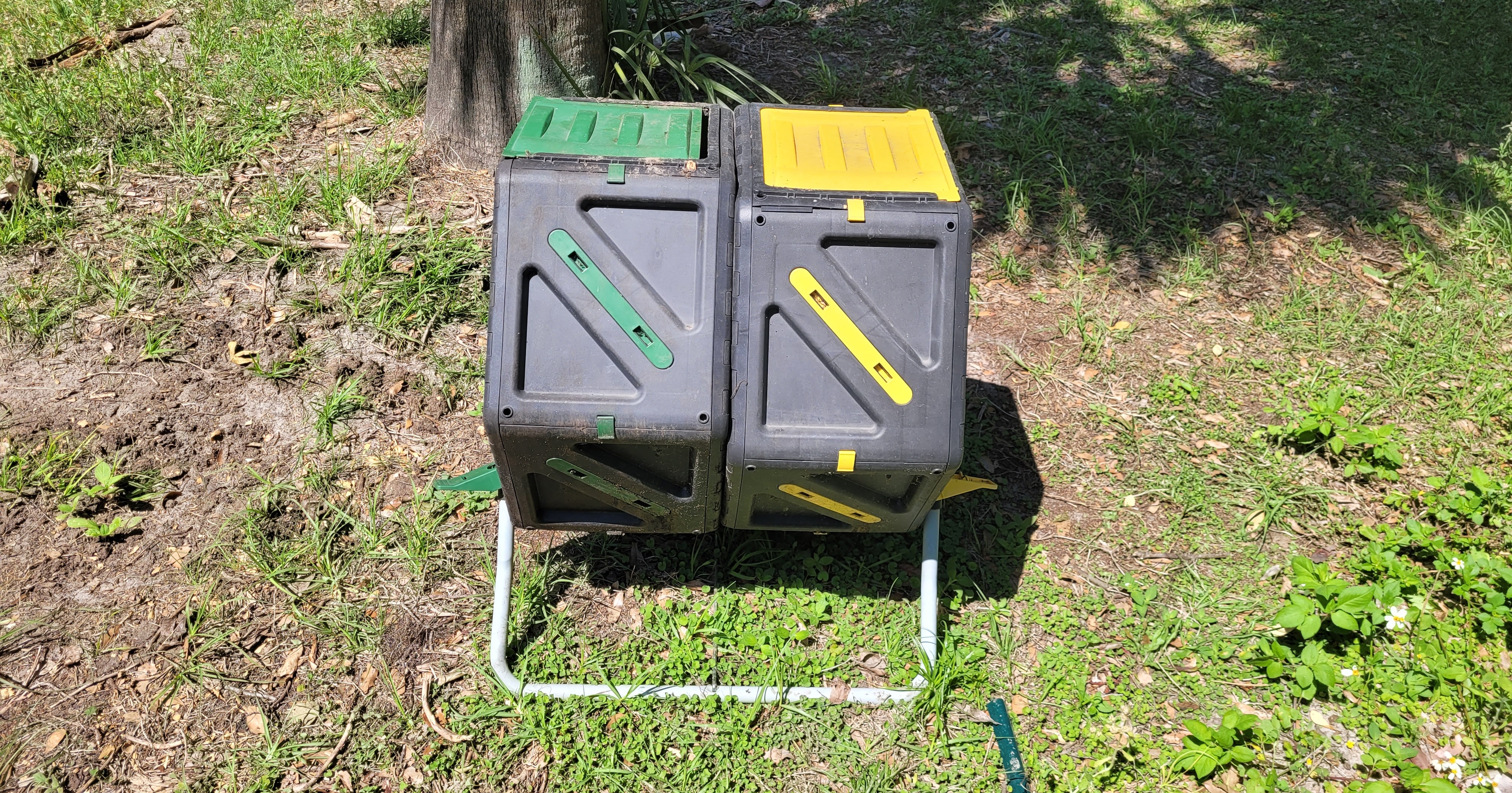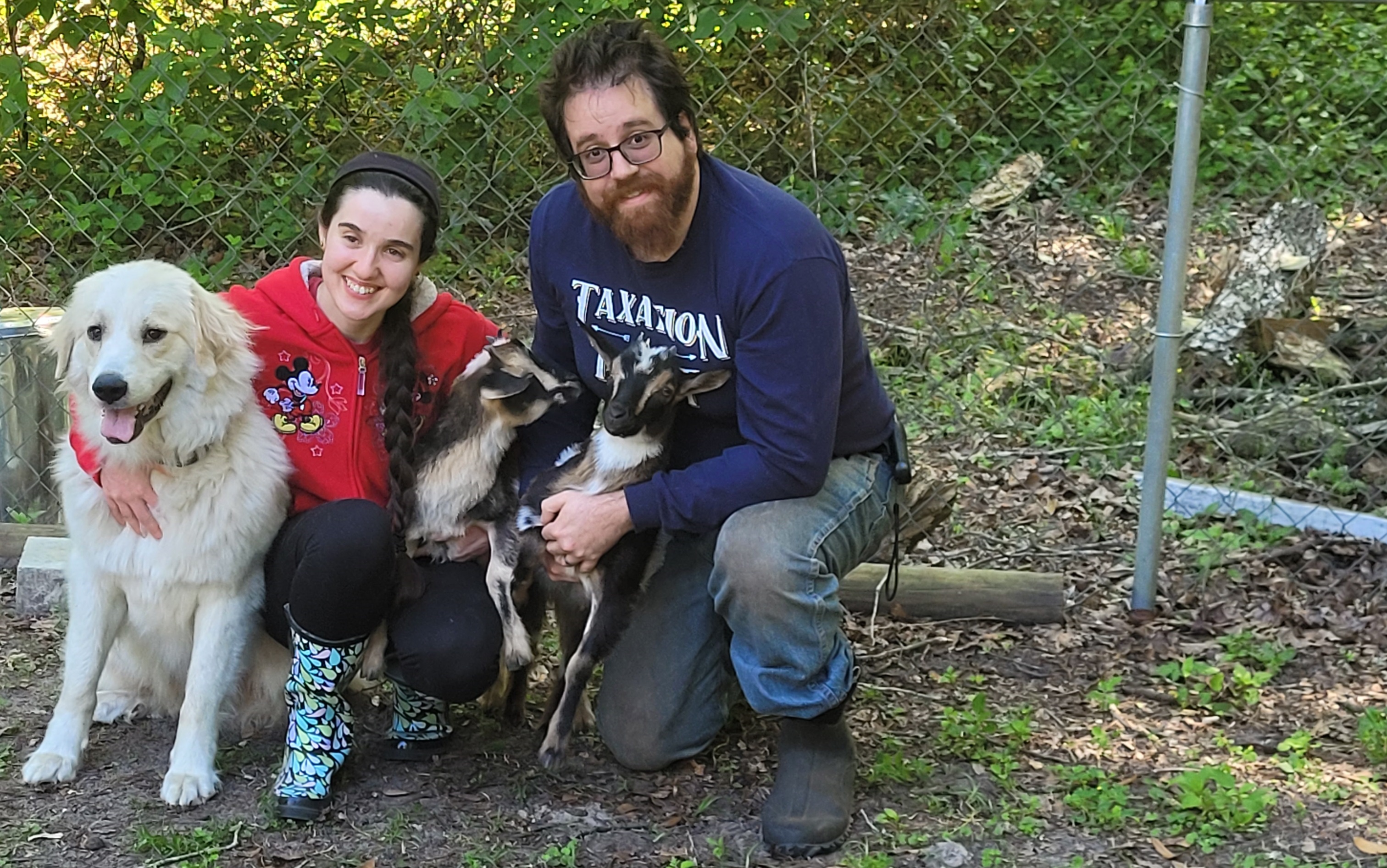When it comes to growing vegetables, Spring may not be the only time of year to grow, but it sure provides an exceptional opportunity. If you’re a fellow Florida homesteader, or if you’re looking to get started growing your own veggies, now is the time to start. As usual, we’re not here to tell you what you should grow. And, if you live somewhere different, you’ll need to mind your agriculture zone on what is best to grow this time of year. But, if you are in Florida and curious how we’re doing our vegetable garden planning, here’s the low down.
How we Got About Vegetable Garden Planning

The most important part of vegetable garden planning in Florida is to first decide what vegetables you want to grow. While Spring may not be the right time of year for all your planned crops, those who are homesteading have no real purpose in growing vegetables they don’t enjoy. For us, that means we have a wide array of vegetables to choose from. We like quite a wide variety of vegetables.
However, growing all the vegetables we want isn’t the only consideration. Instead, the next factor we consider is how easy and often it is to prepare and eat those vegetables. Eggplant would be a good example of a vegetable that, while we like it, is not the most practical for us. Alternatively, spinach is something we can eat raw in salad, throw in smoothies, or even sauté in various dishes. My advice for first time gardens -only grow those vegetables you’ll eat all the time and in a variety of meals.
Making Sure You’re Minding Your Climate
After you’ve narrowed down your vegetables, the next consideration is your local climate. Look at the time of year and consider if it’s the best time to plant. If not, don’t eliminate it from your vegetable garden planning. Instead, just make sure to make a note on when it will be time to plant and plan accordingly. From there, figure out all the vegetables you like that are good to plant now. But, don’t stop there!
The next step in our gardening strategy is to consider the expected output of any individual plant. If we plant a single zucchini plant for instance, how much zucchini can we actually expect? This allows us to plan our top priority vegetables and plant enough of each. For some, that might mean just planting one or two plants. For others, we might want an entire row. Make sure to consider how your local climate might impact the productivity of these plants too.
The Importance of Compost

Beyond just knowing what to grow and how best to grow it, your soil quality is going to have a huge impact on how well your vegetables grow. In fact, while your climate is a huge part of your vegetable garden planning, that is something you can manipulate. Using a greenhouse is a great way to grow hot-weather plants year-round. Or, a properly managed hoop-house can even help cool down plants in the summer months. But, no matter where you live, soil conditions are a must.
One of the best ways to ensure your soil is healthy is to use plenty of compost. If you’re a fellow Florida homesteader, you likely have some sort of natural compost options available. For us, it’s both chicken poop (which must be composted for a couple months before use) and goat manure (which we can add directly to help fertilize plants). This also means using kitchen scraps, soiled bedding from both the goats and chickens, and some native leaves/soil.
Regardless, make sure your soil is conducive to growing the plants you need. If you’re uncertain, there’s plenty of resources online to teach you what conditions are needed for your veggies. One recommendation for general knowledge is the Penn State Extension training on soil management.
Our Vegetable Garden Planning

So, living here in northcentral Florida, what sort of vegetable garden planning are we doing? To start, we were late in starting our garden this year. With the introduction of goats and other projects around the homestead (you can see are previous posts this year on all we’ve been up to), we let the time get away from us. So, we do have some seeds we started, but not everything was planted as quickly as we’d like.
Right now, we still have seedlings sprouting. Since we were late to start these seeds, we also purchased a few pre-started plants from some local farmers markets. This includes zucchini, squash, jalapenos, and some green bell peppers. We also have some seedlings started for all of these plants, but none of them are ready to plant yet. Still, we have a large bed planned out and are getting ready to start transplanting this week.
Next week, make sure to check back and we’ll update you on what we have going in the ground. Are there any garden planting strategies you need help with? Let us know in the comments below. Until next time, we’ll see you around the homestead.
